Table of Contents
Quality Service Guarantee Or Painting Free

Get a rental agreement with doorstep delivery

Find the BEST deals and get unbelievable DISCOUNTS directly from builders!

5-Star rated painters, premium paints and services at the BEST PRICES!
Loved what you read? Share it with others!


Submit the Form to Unlock the Best Deals Today
Help us assist you better
Check Your Eligibility Instantly

Experience The NoBrokerHood Difference!
Set up a demo for the entire community
Comparison of Teak Wood vs Sheesham Wood
Table of Contents
When it comes to furniture, the choice of wood is a critical decision that influences not just aesthetics but also durability and overall quality. In this comprehensive blog, we dive into the world of two popular contenders: Teak Wood and Sheesham Wood. Join us on a journey as we unravel the characteristics, pros, and cons of each, helping you make an informed decision for your next furniture investment between Teak Wood vs Sheesham Wood.
What makes Sheesham Wood a Great Choice for Furniture?
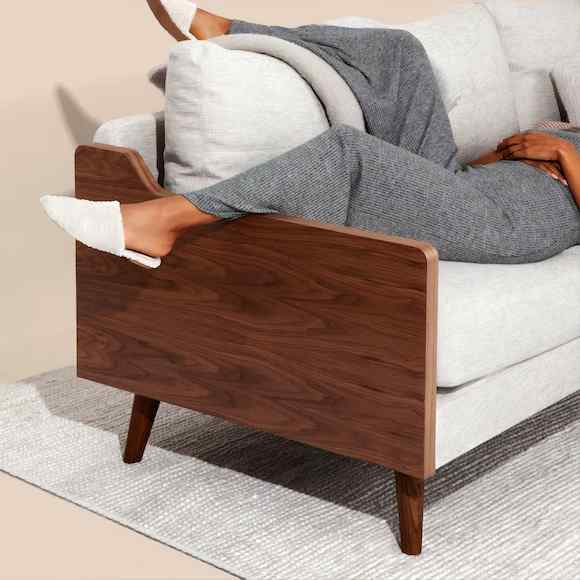
Sheesham wood, also known as Indian Rosewood, is a hardwood that is native to the Indian subcontinent. It is known for its strength, durability, and unique grain pattern. Sheesham wood has a rich, dark colour that can range from deep brown to light golden brown, with a straight or slightly interlocked grain.
It is an affordable alternative to Teak wood, but it is not as resistant to water and insects. Its advantages include its affordability, versatility, and resistance to fungus and termites, while its disadvantages include its susceptibility to scratches and its tendency to darken over time.
Quality Service Guarantee Or Painting Free

Get a rental agreement with doorstep delivery

Find the BEST deals and get unbelievable DISCOUNTS directly from builders!

5-Star rated painters, premium paints and services at the BEST PRICES!
Teak Wood: The Wonder Wood for Furniture Explained

Teak wood is a tropical hardwood that is known for its durability, water resistance, and insect resistance. It is commonly used for outdoor furniture and boats due to its natural oils that repel water and resist decay. Teak wood has a beautiful golden-brown colour, with a straight grain pattern that is often wavy or interlocked. Its high oil content also gives it a unique lustre and a smooth finish. However, the disadvantages of Teak wood include its high cost and its potential for cracking and warping over time.
A Guide to Identifying Sheesham and Teak Wood
Whether you're a seasoned wood enthusiast or a first-time furniture buyer, these methods will be your companion in recognizing the unique features that make each wood type distinct.
Section 1: Visual Clues
When identifying Sheesham Wood, pay close attention to its visual characteristics. Sheesham is known for its distinctive grain patterns, which can range from wavy to interlocked. These patterns contribute to the wood's unique and eye-catching appearance. Additionally, Sheesham exhibits a warm and varied color spectrum, with shades ranging from light to dark brown. Familiarizing yourself with these visual cues will help you identify Sheesham at a glance.
Section 2: Touch and Feel
Shifting our focus to Teak Wood, we explore the tactile aspects that set Teak apart. Run your fingers along the wood's surface to understand its texture. Teak is known for its smooth feel, and you may notice a slightly oily touch. This natural oil content contributes to Teak's resistance to decay and insects. By honing in on the texture and smoothness, you can develop a hands-on approach to identifying Teak.
Section 3: Grain Patterns Decoded
In this section, we delve into the language of grain patterns for both Sheesham and Teak. Sheesham's grain patterns are often wavy and interlocked, creating a visually captivating landscape. On the other hand, Teak boasts straight and uniform grains. Understanding these patterns not only helps in identification but also provides insights into the wood's origin and quality. It's like deciphering the unique fingerprint of each wood type.
Section 4: Weight and Density
Weight and density serve as reliable indicators of a wood's quality. When assessing Sheesham and Teak, consider their heft and hardness. Sheesham is moderately dense, offering a substantial weight without being overly heavy. In contrast, Teak is very dense and heavier. Understanding these weight and density differences will contribute to making an educated choice based on the specific qualities you desire in your wood.
Section 5: Smell the Difference,
Surprisingly, aroma can play a role in wood identification. In this section, we explore the distinct scents associated with Sheesham and Teak. Sheesham often carries a mild, characteristic wood scent. Teak, on the other hand, is known for its pleasant and distinctive aroma. By engaging your sense of smell, you can add a sensory dimension to the identification process, enhancing your ability to differentiate between these two remarkable woods.
Difference Between Sheesham and Teak Wood
Here are the major differences between Shhesham wood and Sagwan wood.
| Aspect | Sheesham Wood | Teak Wood |
| Origin | Native to the Indian subcontinent | Native to Southeast Asia, especially India |
| Color | Varied, ranging from light to dark brown | Golden-brown when freshly cut, matures to a silver-gray patina |
| Grain Pattern | Distinctive wavy and interlocked patterns | Straight, uniform grains |
| Texture | Coarse and slightly rough to the touch | Smooth and oily |
| Density | Moderately dense | Very dense |
| Weight | Moderate to heavy | Heavy |
| Durability | Durable but may require regular maintenance | Highly durable, naturally resistant to decay |
| Usage | Commonly used for furniture, especially in India | Widely used for outdoor furniture, boat building, and high-end indoor furniture |
| Cost | Generally more affordable than Teak | Relatively more expensive due to its premium qualities |
| Sustainability | Generally considered sustainable | Can be sustainable, depending on sourcing practices |
| Aroma | Mild, characteristic wood scent | Pleasant and distinctive teak aroma |
| Common Names | Rosewood, Indian Rosewood, Sissoo | Teakwood, Indian Teak |
Sheesham vs Teak: A Showdown of Wood Characteristics
Both Sheesham and Teak wood have their advantages and disadvantages when it comes to furniture. Sheesham wood is known for its durability, strength, and resistance to decay and termites.
It is also easy to work with, making it a popular choice for intricate carvings and designs. However, it can be prone to warping and cracking over time, especially in humid climates.
Teak wood, on the other hand, is known for its exceptional durability, strength, and resistance to decay and termites. It is also easy to maintain and does not require much upkeep. However, it can be more difficult to work with, and its high oil content can make it prone to discolouration and staining.
Sheesham vs Teak Wood: Texture and Appearance
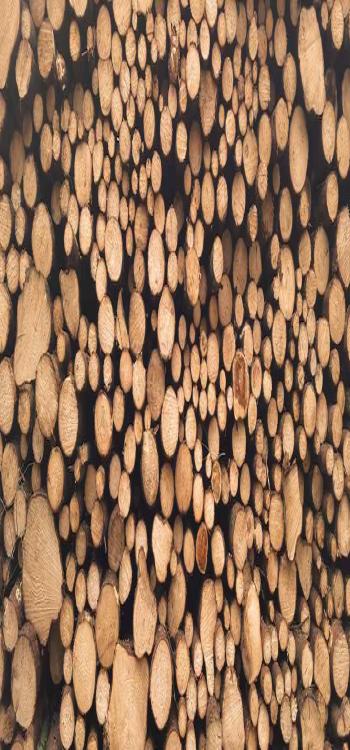
Sheesham wood has a unique grain pattern that can range from straight to slightly interlocked, with a dark and rich colour. Teak wood has a smoother texture and a consistent grain pattern, with a light golden-brown colour.
The texture and appearance of Sheesham wood are more rustic and natural, while Teak wood has a more polished and refined look. Ultimately, the choice between Sheesham and Teak wood for furniture comes down to personal preference and the overall style of your home.
Teak Wood Vs Sheesham Wood: Price and Cost

Sheesham wood is an affordable option for furniture. Teak wood, on the other hand, is more expensive. While Sheesham wood is a more affordable option, Teak wood may be a better investment in the long run due to its durability and resistance to water and insects.
Sheesham Wood vs Teak Wood: The Battle of Pros and Cons for Furniture
Sheesham and teak are two popular types of hardwood used for furniture, each with its unique characteristics.
The Upside of Sheesham Wood: Pros for Furniture
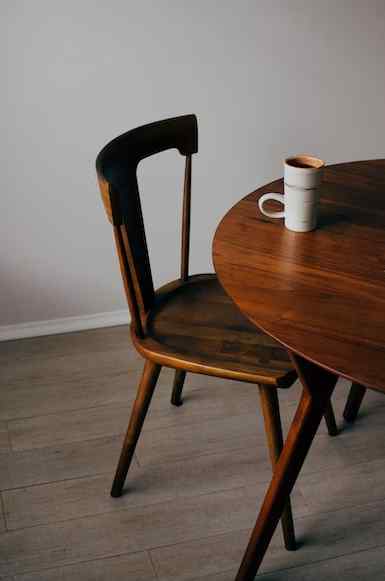
- Durable and sturdy, with good resistance to termites and decay.
- Beautiful and distinct grain pattern, with a range of warm colours.
- Affordable compared to other hardwoods like teak.
- Easy to work with and customise.
Why Sheesham Wood Might Not be the Best for Your Furniture
- Prone to cracking and warping if not properly seasoned and treated.
- May contain knots and sapwood that affect the appearance.
- May require regular maintenance and polishing to maintain its shine.
Teak Wood: The Ultimate Pros for Furniture
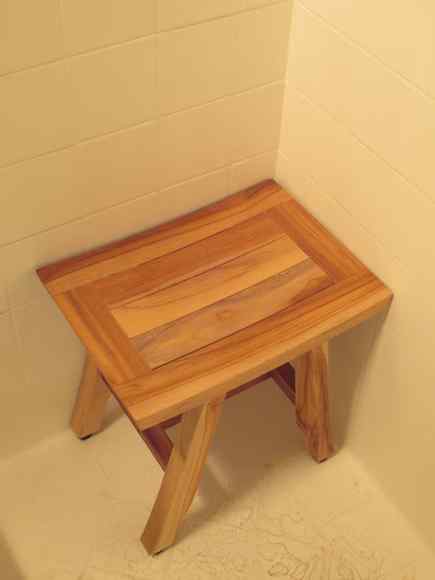
- Extremely durable and resistant to decay and pests.
- Beautiful golden-brown colour that deepens over time.
- Resistant to moisture and weathering, making it ideal for outdoor furniture.
- Low maintenance and easy to clean.
The Negative Side of Teak Wood: Cons for Furniture
- Expensive compared to other hardwoods like sheesham.
- Can be difficult to work with due to its density.
- Limited availability due to strict regulations on teak logging.
In comparison, teak wood is considered the superior option for outdoor furniture due to its resistance to moisture and weathering. However, for indoor furniture, both sheesham and teak are great choices depending on one's budget and preferences. Ultimately, the choice between the two will depend on the individual's specific needs and aesthetic preferences.
While both teak and sheesham wood have their unique characteristics and advantages, the choice ultimately depends on the buyer's preferences and needs. It's important to identify the type of wood before making a purchase and to consider factors such as texture, appearance, price, and durability.
When it comes to furniture, both solid wood and sheesham wood have their benefits, and the choice depends on the buyer's budget and style preferences.
For those who are looking for interior design solutions, NoBroker's Interior Design Services can be of great help in creating the perfect space with the right furniture choices.
Whether you're a homeowner, a furniture enthusiast, or an interior designer, this blog provides valuable insights that can help you make informed decisions when it comes to choosing the right type of wood for your furniture.
Visit NoBroker's website today to learn more about our Interior Design Services and how we can help you transform your space.
FAQs
Sheesham Wood is more affordable and has a distinct grain pattern, while Teak Wood is more durable and weather-resistant.
Yes, Sheesham Wood is considered a sustainable option as it is fast-growing and renewable.
Regular dusting and wiping with a soft cloth is recommended. Use a wood conditioner or oil to keep the wood moisturised and prevent cracking.
While it can be used for outdoor furniture, it is not as weather-resistant as Teak Wood and may require more maintenance.
Sheesham Wood is commonly used for furniture, flooring, and decorative items due to its durability and attractive grain patterns.
No, Sheesham and Teak are distinct types of wood. They differ in terms of origin, color, grain patterns, and overall characteristics. While both are hardwoods, each has its unique qualities.
The superiority depends on specific needs. Sheesham is known for its unique grain patterns and is more affordable. Teak, with its natural oils and high durability, is often considered premium. The choice boils down to personal preferences and intended use.
The comparison between Sagwan (Teak) and Sheesham involves evaluating distinct factors such as grain patterns, durability, and cost. Delve into the specifics to uncover the unique qualities that make each wood stand out.
There's no one-size-fits-all answer. Sheesham is valued for its aesthetics and affordability, while Teak is prized for durability and natural resistance. The better choice depends on your specific requirements, budget, and desired characteristics in wood.
Loved what you read? Share it with others!
Most Viewed Articles
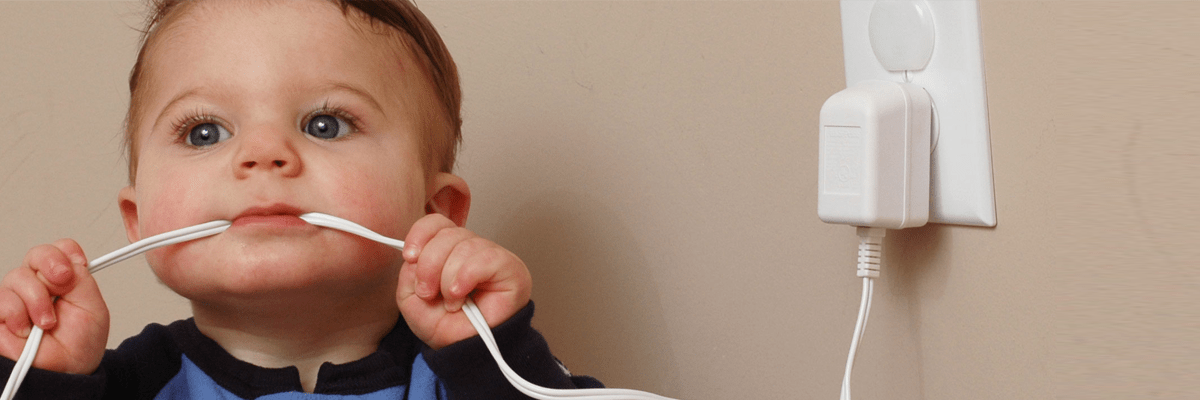
15 Safety Rules at Home for Kids
May 18, 2020
404064+ views
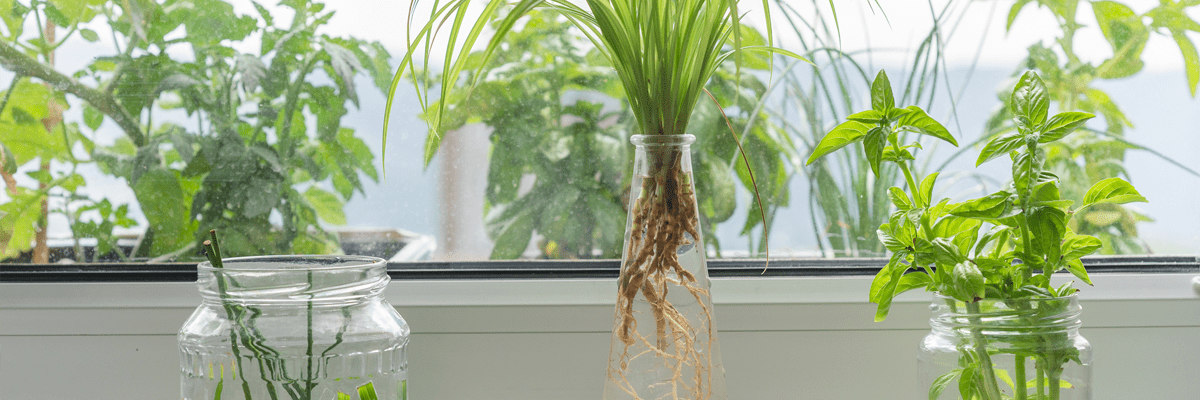
Plants That Need Only Water to Grow and How it is Different from Hydroponics
July 27, 2023
120481+ views
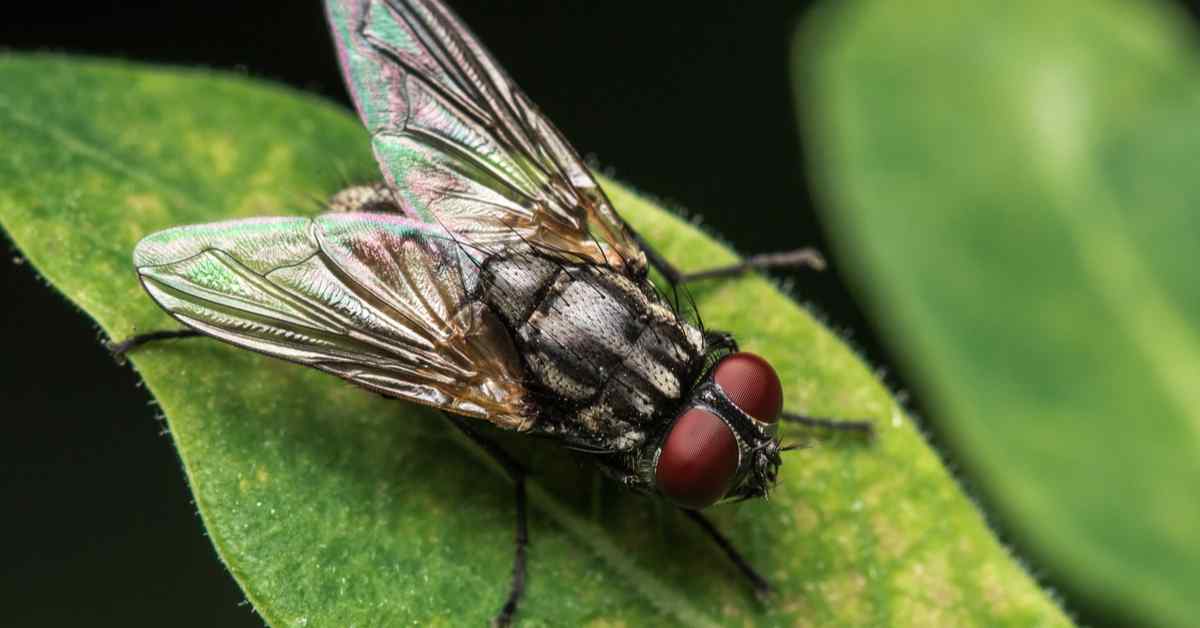
The Ten Most Effective Ways to Get Rid of those Buzzing Houseflies!
December 17, 2024
27288+ views
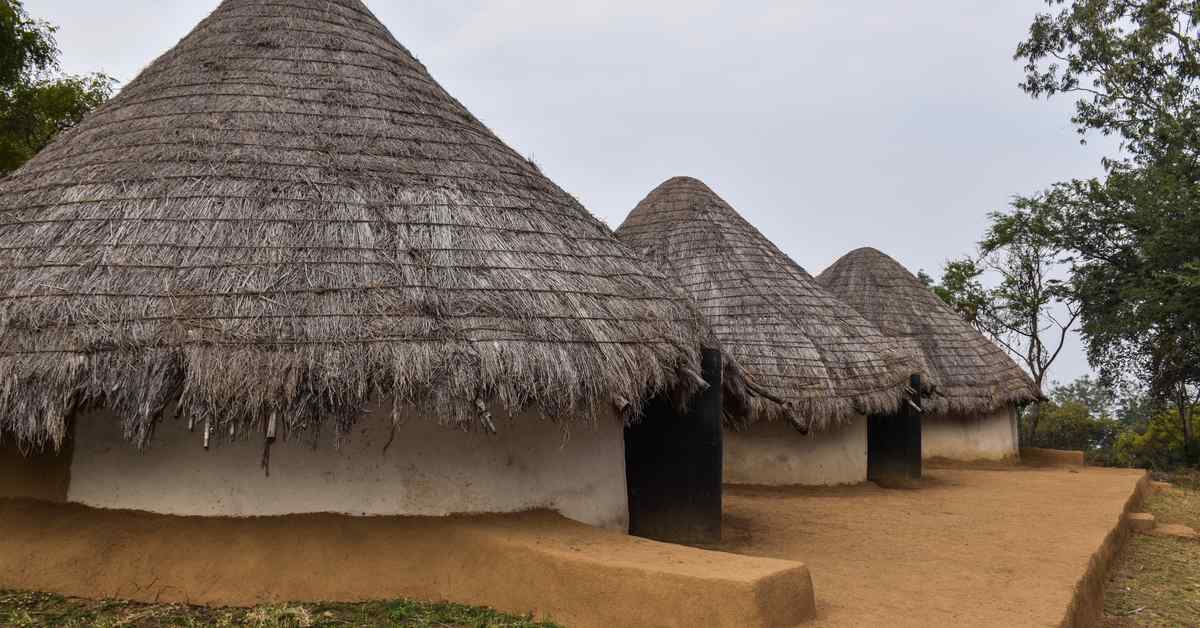
Kutcha House - Construction, Purpose and Significance!
January 15, 2025
23848+ views

Best Out-of-Waste Ideas to Decorate Your Home
December 19, 2024
22468+ views
Recent blogs in
Particle Board vs Plywood: Differences, Suitability, Pros and Cons
January 15, 2025 by Simon Ghosh
4 BHK House Plan in 2025: Modern Designs for Spacious Living and Luxurious Lifestyle
January 15, 2025 by Kruthi
Kutcha House - Construction, Purpose and Significance!
January 15, 2025 by Ananth
Top Indoor Air Purifying Plants: Clean Air for Healthier Living
December 31, 2024 by NoBroker.com
12 Smart Home Ideas to Help You Reinvent Your Space
December 27, 2024 by NoBroker.com




Join the conversation!